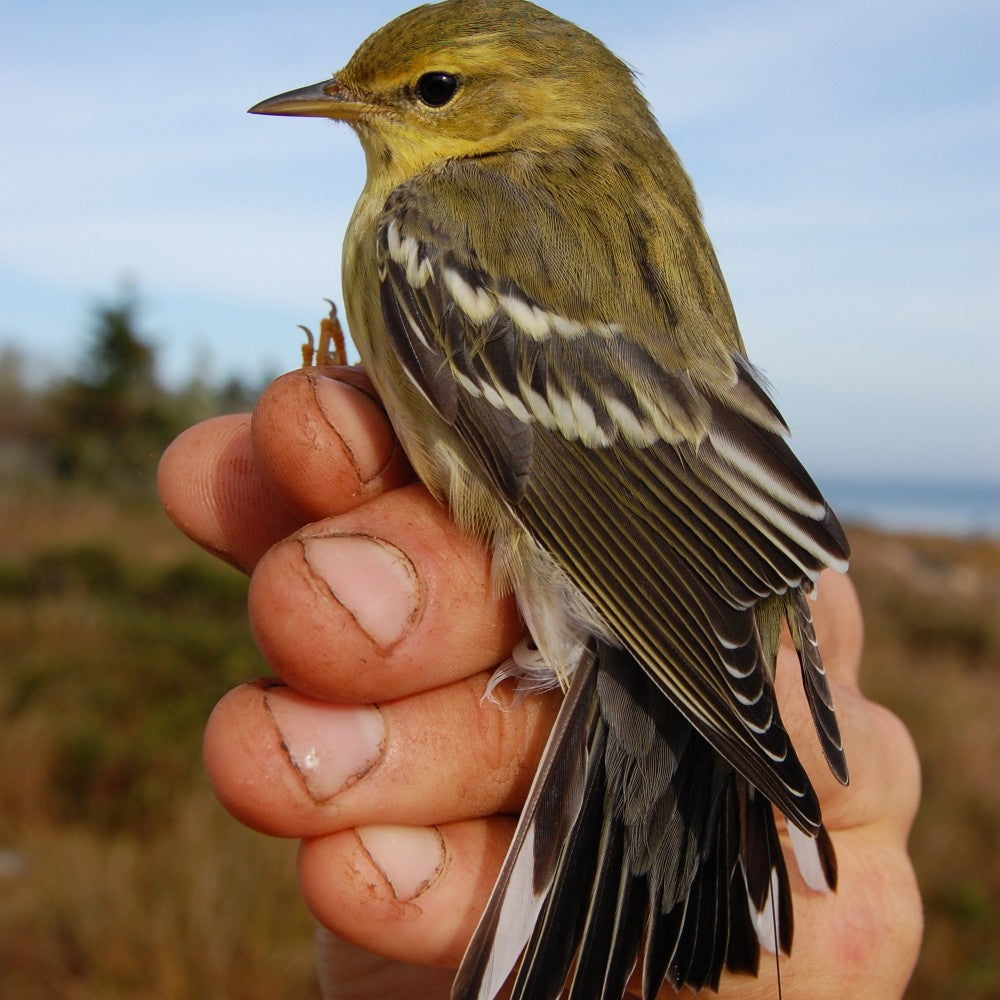Offer
Provide additional details about the offer you're running.
Provide additional details about the offer you're running.
Provide additional details about the offer you're running.

Image: Norris Lab
The science-backed research method behind many decisions regarding conservation of wild animals and birds has come a long way. Over the years, much research was dependent on a handful of scientists and biologists and their teams observing the daily activities of their subjects.
As this type of research was undoubtedly vital for many of the birds we continue to enjoy today, it has come a long way. Today, citizen science – the use of citizen inputted data – is one of the more common research methods used by ornithologists worldwide. Rather than relying on the observations of few, many biologists, scientists and researchers are now able to extract data from across the globe, helping them learn more about the birds they study and how their environments affect them.
In addition to this type of data, researchers are also employing physical devices, particularly when tracking migration patterns of certain avian species. One such method is the development and deployment of small ‘backpack’-type geo-locating devices placed on individual birds.
Here are three studies that were performed using this newly-minted technology:
Based right here in our own backyard, this project was based here in Ottawa at the Nepean Sailing Club. In an attempt to gain more insight into the decline of purple martins as well as to identify solutions that would improve breeding success and recover populations nearly 80 backpacks were deployed on migrating martins.

Image: Nanette Mickle. Nature Canada
This spring, a number of the birds returned to the site here in Ottawa where the backpacks were removed. The data is now in the analysis stage at the Avian Behaviour and Conservation Laboratory in Manitoba.
In 2014, researchers with the University of Guelph captured 69 white-throated sparrows midway through their migration at Long Point Bird Observatory on the shores of Lake Erie. Researchers were interested in learning more about how these birds react and eventually find their way back on track after being blown off-course, particularly in an east-west direction.

The birds were then displaced, and flown to Saskatoon before being released. What shocked researchers is that they found – via backpack data – that the birds did not shift back to the east in an attempt to find their previous course, but simply continued due north.
Weighing in at a whopping 15 grams, one of the largest mysteries in the birding world was how a small bird, such as the blackpoll warbler, completes their annual journey to the warmer climates of South America.
The mystery lied not in the spring migration rituals of these birds, but the paths they take during the fall months. Sightings had previously indicated that the small birds traditionally head east in the fall, with many sightings piling up in eastern Canadian provinces and American states. From there, the birds had seemingly disappeared until resurfacing in the jungles of Colombia, Venezuela and Brazil. Ornithologists and researchers began to hypothesize that the small birds must be heading out over the Atlantic, rather than taking the easier overland route.
Until 2013 it was all speculation. The arrival of geo-locator devices allowed researchers to affix them to migrating specimens, the only catch being they needed to retrieve the backpacks when the birds returned the following season as the units were much too small to transmit the data. In the end, the study had attached nearly 40 birds with backpacks and was able to retrieve five of the units the following spring. The data clearly illustrated a migration route directly over the Atlantic Ocean, going nearly 3,000 kilometers in one stretch.
High Quality Blend